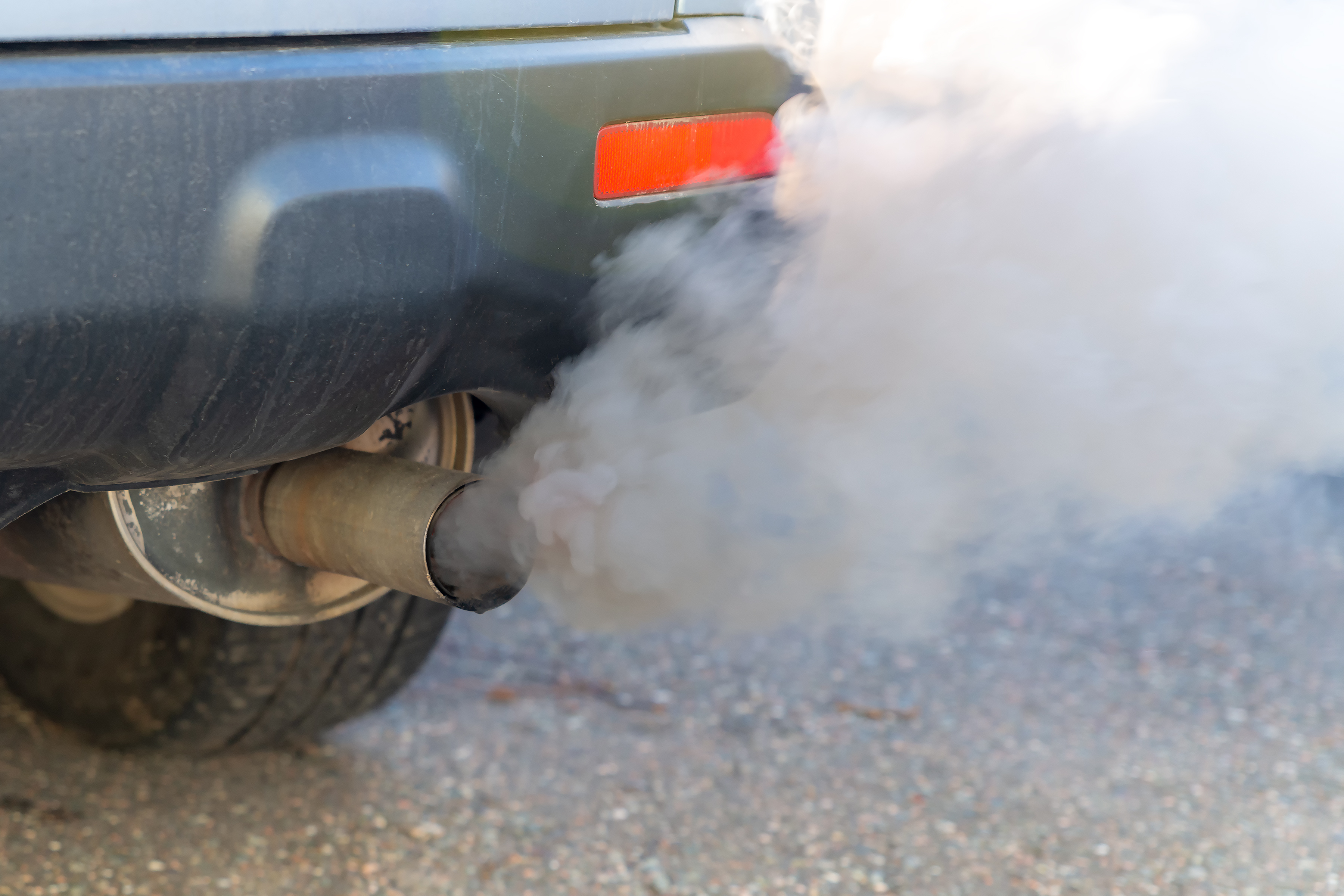Speak now or forever hold your breath
Support grows for tailpipe pollution controls as Environmental Protection Agency proposes new rules

Right now, almost every vehicle on U.S. roads emits tailpipe pollution.
That means every time you idle in heavy traffic — or spend time in a bustling city or near a major transportation hub — you’re being exposed to a steady stream of pollutants, including soot, carbon dioxide, nitrous oxides and carbon monoxide.
This tailpipe pollution is harmful for many reasons. Exposure to high levels is linked to asthma, heart disease, even cancer. Scientists from the Environmental Defense Fund found that even small increases in exposure are associated with increased health care costs. And transportation is the biggest source of planet-warming pollution in the United States.
Now, the U.S. Environmental Protection Agency has proposed two rules that would limit the amount of tailpipe pollution that automakers can release into the atmosphere. The rules would dramatically clean up the air we breathe while reducing almost 10 billion tons of climate pollution.
Tell the EPA to cut tailpipe pollution and green-light clean cars!
If the standards are adopted, the EPA estimates that two-thirds of new passenger cars and trucks sold in the U.S. would be free of tailpipe pollution by 2032, and up to half of certain types of new medium- and heavy-duty vehicles — including urban delivery trucks, freight trucks and buses — would be zero-emitting.
“In addition to its massive climate benefits, this proposal can make a huge difference for urban air pollution, reducing premature deaths and asthma attacks,” says Environmental Defense Fund's President Fred Krupp.
It’s not just environmentalists — automakers are on board with lower emissions too
The proposals have found support not only from health and environmental advocates, but from automakers as well. That’s due, in part, to the investments that car manufacturers have already made in zero-emission vehicles.
Over the past eight years, companies have announced investments of more than $120 billion in EV and battery manufacturing. Federal investments, like those included in the Bipartisan Infrastructure Act and Inflation Reduction Act, have also increased, and costs are declining rapidly. In just three years, U.S. factories will be capable of producing more than 4.3 million new electric vehicles each year, according to a recent EDF study.
- U.S. sees electric vehicle jobs boom
- Farmers, teachers, car buffs: The unexpected faces of the EV revolution
- 4 reasons to love electric vehicles even if you don't drive one
Companies with clean vehicle goals include GM, with a goal of eliminating tailpipe pollution from new passenger vehicles by 2035. Ford expects electric vehicles to represent half of its global sales volume by 2030. Volvo has committed to selling 100% zero-emission vehicles by 2030, and Volkswagen plans to sell 55% zero-emission vehicles by 2030. Truck manufacturers Navistar and Daimler Trucks North America both project 50 to 60% of their sales will be zero-emission vehicles by 2030.
“In coming up with these standards, the EPA looked at the available technology, assessed the feasibility of those technologies, and considered the lead time and cost,” says EDF attorney Peter Zalzal. “A really powerful proof point that they are achievable is that manufacturers are on board.”
“Electric vehicle technology is already very firmly in the marketplace and accelerating,” adds Zalzal. “So it makes sense for the EPA to set tailpipe pollution standards based on that technology.”
The new tailpipe emission standards are expected to be finalized by the end of 2023.
More clean air action
Vehicles aren’t the only source of air pollution getting attention from the Biden administration.
EPA Administrator Michael Regan recently stood in front of smokestacks in Louisiana to announce the agency’s intent to sharply reduce toxic emissions from about 250 of the country’s largest petrochemical facilities, many of which are located along the Mississippi River between Baton Rouge and New Orleans — a corridor also known as Cancer Alley.
Near one chemical plant in St. John the Baptist Parish, a primarily Black neighborhood, residents’ cancer risk is 700 times the national average.
“The cancer rates here are unbelievable,” says St. John Parish resident Robert Taylor. “By the time our children are 2 years old, they have been exposed to as much pollution as most people are exposed to over 70 years.”
Since March, the agency has also proposed strengthening protections for mercury and other toxic pollution from coal-fired power plants and finalized its “good neighbor” plan to protect millions of people from poorly controlled smokestack pollution that wafts across state lines, a move that’s expected to prevent nearly 110,000 asthma attacks and improve health for millions of people in downwind states.
“All of these actions are good for the climate, they are good for protecting public health, for growing jobs and protecting consumers,” Zalzal says.










